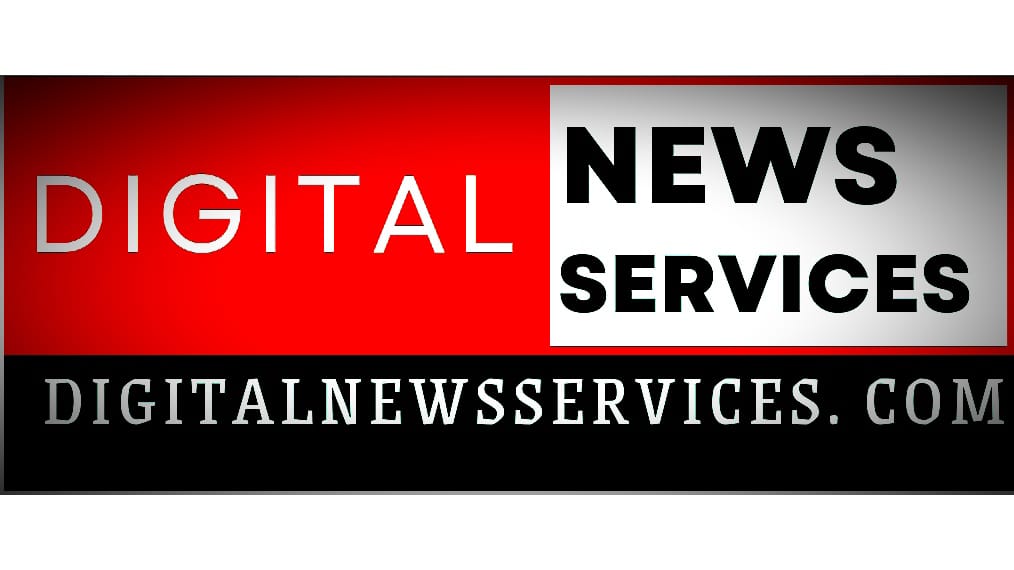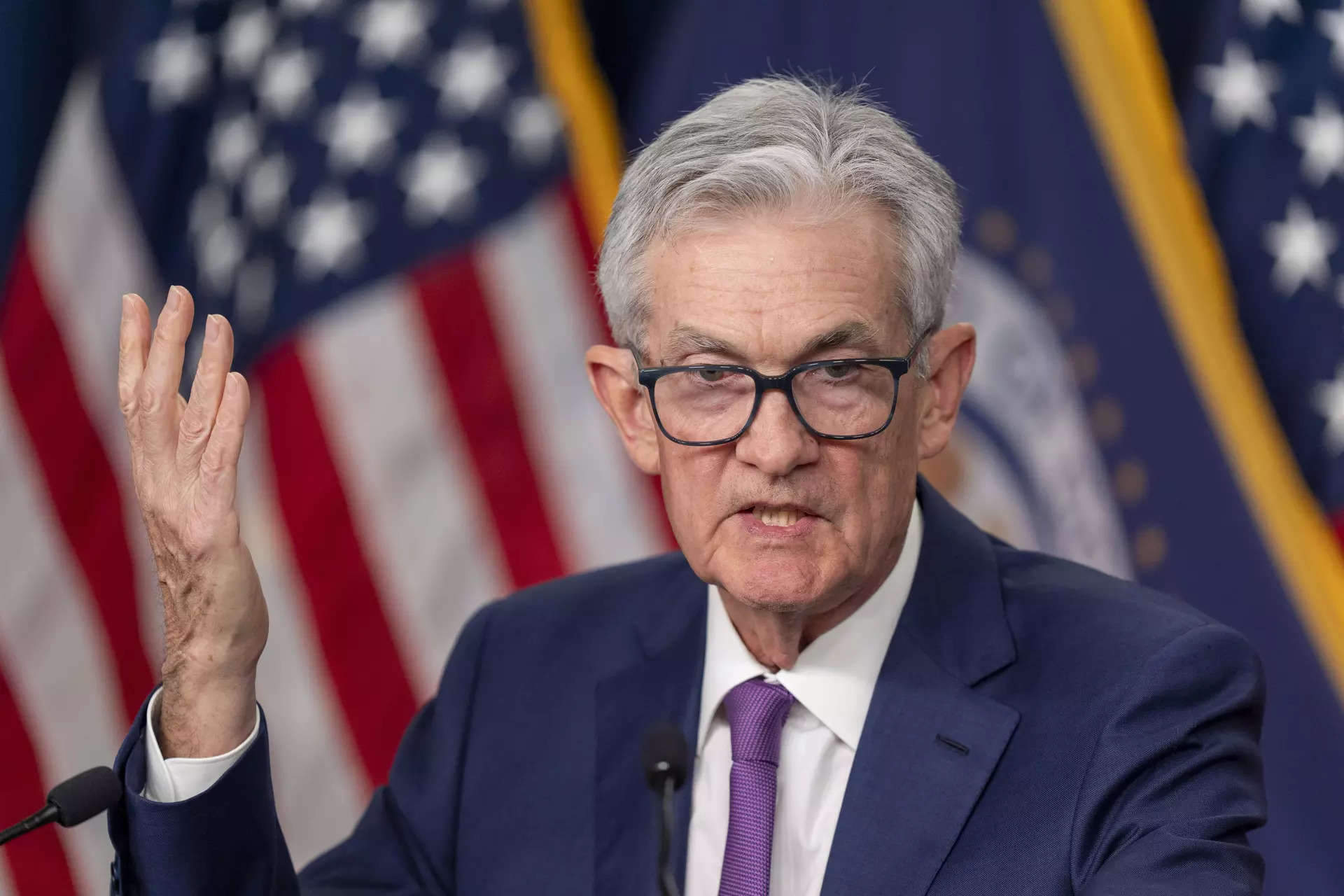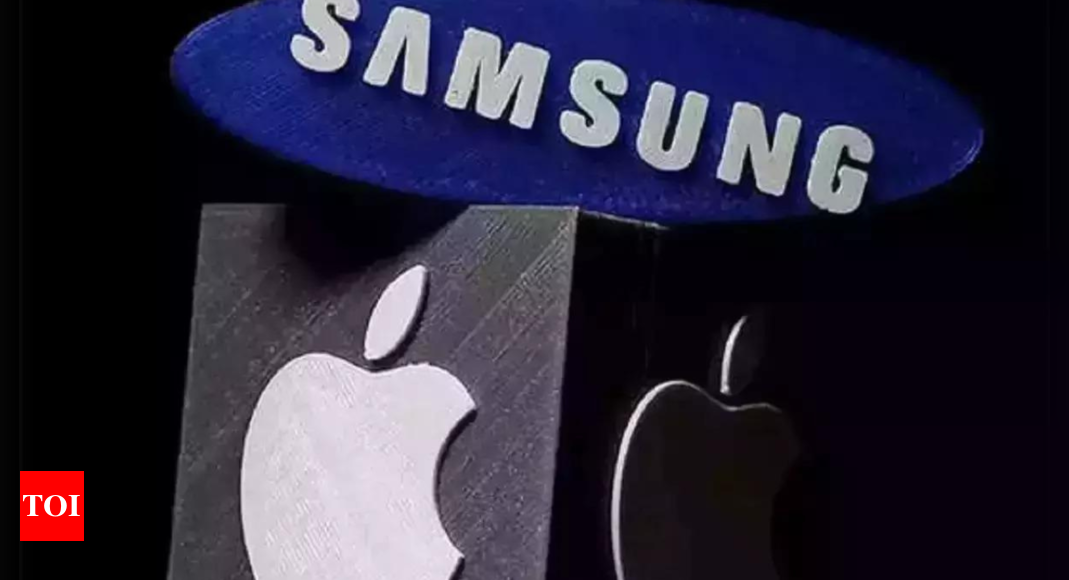Federal Reserve Chairman Jerome Powell Said Americans may have to wait beyond March for cuts by the central bank Rate of interest Because the authorities are looking for more economic data to confirm this inflation Going down to 2%.
In an interview conducted Thursday with CBS’s 60 Minutes that aired Sunday evening, Powell tried to explain the central bank’s reasoning for the final cut to a broader public audience.
“The danger of moving too quickly is that the work is not done, and the really good readings we’ve had over the last six months do not in any way become a true indicator of where inflation is headed,” Powell said in the interview. ” with CBS’s Scott Pelley, according to a transcript provided by the network.
“We don’t think that’s the case,” he said. “But the sensible thing to do is to give it some time and see if the data continues to confirm that inflation is moving down to 2% in a sustainable manner.”
Powell said it was unlikely that the Federal Open Market Committee, fed The panel that sets interest rates will “reach that level of confidence” about the path of inflation by the March 19-20 meeting, he said, reiterating comments he made at a press conference on Wednesday.
Pelley said in voiceover that Powell suggested the first cut might occur around the middle of the year, although the transcript of the interview – which included comments that were not aired during the show – did not indicate so.
Treasuries across all maturities in Asia fell flat as Powell’s comments underlined the possibility that bond investors had overshot in pricing in a looming rate cut.
The Fed chief also said he did not expect policymakers to “dramatically” change their 2024 interest rate forecasts, after revealing in December that they expected their rate to rise by the end of the year, according to their average estimate. The benchmark lending rate will reach 4.6%. ,
“All but a few of our participants believe it would be appropriate to begin scaling back the restrictive stance by cutting rates this year,” Powell said. “And so, that’s certainly the base case, we will do that. We are just trying to choose the right time considering the overall context.”
wide audience
The interview provides Powell with an opportunity to communicate to a broader audience just days after the Fed’s decision to keep interest rates unchanged at a range of 5.25% to 5.5%. Policymakers ended their aggressive campaign to raise rates on Wednesday, but signaled they are in no rush to cut rates.
While inflation has largely eased in recent months, Powell has repeatedly stressed the central bank needs to see more data before lowering borrowing costs. He indicated last week that a rate cut was unlikely in the first quarter.
The Fed’s preferred inflation metric slowed to a rate of 2.6% by the end of last year, well below its peak of 7.1% in mid-2022. Although still above the Fed’s 2% target, the labor market remains strong. Data released Friday showed that unemployment fell to a historically low 3.7% in January as employers added another 353,000 jobs.
The timing of this year’s policy pivot presents unique challenges for the Fed. The sharp rise in prices has angered Americans, hurt President Joe Biden’s approval ratings and pushed Powell and the Fed into election-year politics. By cutting rates this year, Republicans have accused the Fed of trying to embolden Democrats by providing aid to the economy ahead of the elections.
Democratic lawmakers, including Senators Sherrod Brown and Elizabeth Warren, sent a letter last week urging Powell to lower interest rates. And former President Donald Trump told Fox Business Network on Friday that he would not reappoint Powell, even though he chose her to lead the central bank in 2017.
Powell emphasized that, as he has repeatedly in the past, Fed officials do not factor politics or polls into their policy decisions. “we never do that. And we will never do that,” he said.
He added, “Honesty is priceless and ultimately that’s all you have.” “We plan to keep ours.”
The Fed Chairman rarely comments on topics beyond monetary policy. He pushed back against isolationism, saying the world is looking for American engagement. He also said that immigration has benefited the American economy.
“There is a real desire from the American leadership,” Powell said. “The United States has been the indispensable nation supporting and defending democracy.”
inflation fight
It was Powell’s first 60 Minutes interview since inflation rose in the second half of 2021. Fed officials attributed rising prices primarily to “temporary factors”, but the cost of services had also begun to rise, a sign that inflation was spreading beyond the supply-chain.
Powell was re-nominated by Biden for a second term in November 2021. The Fed waited to raise rates until March 2022, and then responded aggressively. Over the course of 16 months, the benchmark lending rate rose from near zero to between 5.25% and 5.5%, driving up the cost of borrowing for cars, homes and credit cards. Three regional lenders went bankrupt in early 2023.
The Fed chair said the central bank misjudged the surge in prices in 2021 and blamed it on temporary supply constraints.
“After all, it would have been better to tighten the policy earlier. I’m happy to say that,” Powell said. “In 4Q21, it became clear that inflation was not transitory in the sense that I mentioned. And we turned around and started tightening.
The Fed’s hiking campaign was the fastest pace of rate hike since former Fed Chairman Paul Volcker’s war on inflation in the early 1980s. But unlike the 1980s, inflation has fallen sharply due to the loss of jobs or the cost of development.
geopolitical risk
In an interview conducted Thursday with CBS’s 60 Minutes that aired Sunday evening, Powell tried to explain the central bank’s reasoning for the final cut to a broader public audience.
“The danger of moving too quickly is that the work is not done, and the really good readings we’ve had over the last six months do not in any way become a true indicator of where inflation is headed,” Powell said in the interview. ” with CBS’s Scott Pelley, according to a transcript provided by the network.
“We don’t think that’s the case,” he said. “But the sensible thing to do is to give it some time and see if the data continues to confirm that inflation is moving down to 2% in a sustainable manner.”
Powell said it was unlikely that the Federal Open Market Committee, fed The panel that sets interest rates will “reach that level of confidence” about the path of inflation by the March 19-20 meeting, he said, reiterating comments he made at a press conference on Wednesday.
Pelley said in voiceover that Powell suggested the first cut might occur around the middle of the year, although the transcript of the interview – which included comments that were not aired during the show – did not indicate so.
Treasuries across all maturities in Asia fell flat as Powell’s comments underlined the possibility that bond investors had overshot in pricing in a looming rate cut.
The Fed chief also said he did not expect policymakers to “dramatically” change their 2024 interest rate forecasts, after revealing in December that they expected their rate to rise by the end of the year, according to their average estimate. The benchmark lending rate will reach 4.6%. ,
“All but a few of our participants believe it would be appropriate to begin scaling back the restrictive stance by cutting rates this year,” Powell said. “And so, that’s certainly the base case, we will do that. We are just trying to choose the right time considering the overall context.”
wide audience
The interview provides Powell with an opportunity to communicate to a broader audience just days after the Fed’s decision to keep interest rates unchanged at a range of 5.25% to 5.5%. Policymakers ended their aggressive campaign to raise rates on Wednesday, but signaled they are in no rush to cut rates.
While inflation has largely eased in recent months, Powell has repeatedly stressed the central bank needs to see more data before lowering borrowing costs. He indicated last week that a rate cut was unlikely in the first quarter.
The Fed’s preferred inflation metric slowed to a rate of 2.6% by the end of last year, well below its peak of 7.1% in mid-2022. Although still above the Fed’s 2% target, the labor market remains strong. Data released Friday showed that unemployment fell to a historically low 3.7% in January as employers added another 353,000 jobs.
The timing of this year’s policy pivot presents unique challenges for the Fed. The sharp rise in prices has angered Americans, hurt President Joe Biden’s approval ratings and pushed Powell and the Fed into election-year politics. By cutting rates this year, Republicans have accused the Fed of trying to embolden Democrats by providing aid to the economy ahead of the elections.
Democratic lawmakers, including Senators Sherrod Brown and Elizabeth Warren, sent a letter last week urging Powell to lower interest rates. And former President Donald Trump told Fox Business Network on Friday that he would not reappoint Powell, even though he chose her to lead the central bank in 2017.
Powell emphasized that, as he has repeatedly in the past, Fed officials do not factor politics or polls into their policy decisions. “we never do that. And we will never do that,” he said.
He added, “Honesty is priceless and ultimately that’s all you have.” “We plan to keep ours.”
The Fed Chairman rarely comments on topics beyond monetary policy. He pushed back against isolationism, saying the world is looking for American engagement. He also said that immigration has benefited the American economy.
“There is a real desire from the American leadership,” Powell said. “The United States has been the indispensable nation supporting and defending democracy.”
inflation fight
It was Powell’s first 60 Minutes interview since inflation rose in the second half of 2021. Fed officials attributed rising prices primarily to “temporary factors”, but the cost of services had also begun to rise, a sign that inflation was spreading beyond the supply-chain.
Powell was re-nominated by Biden for a second term in November 2021. The Fed waited to raise rates until March 2022, and then responded aggressively. Over the course of 16 months, the benchmark lending rate rose from near zero to between 5.25% and 5.5%, driving up the cost of borrowing for cars, homes and credit cards. Three regional lenders went bankrupt in early 2023.
The Fed chair said the central bank misjudged the surge in prices in 2021 and blamed it on temporary supply constraints.
“After all, it would have been better to tighten the policy earlier. I’m happy to say that,” Powell said. “In 4Q21, it became clear that inflation was not transitory in the sense that I mentioned. And we turned around and started tightening.
The Fed’s hiking campaign was the fastest pace of rate hike since former Fed Chairman Paul Volcker’s war on inflation in the early 1980s. But unlike the 1980s, inflation has fallen sharply due to the loss of jobs or the cost of development.
geopolitical risk
- Beyond the rates outlook, Powell also considered geopolitical risks, the Chinese economy, federal debt and risks in the commercial real estate sector, according to the interview transcript.
- On geopolitical risks: “There is a war going on in Ukraine. There is a war going on in the Middle East. And there is trouble, potential trouble, in Asia. And so, all of these things represent risk. “Right now, the impact on the United States is less.”
- On China: “Our economic, you know, our production systems are not deeply linked with theirs. So, as long as what happens in China does not cause significant disruption to the economy or the financial system, the implications for the United States — we may feel them a little, but they should not be that large.
- On the US fiscal trajectory: “It is not sustainable. I don’t think it’s controversial at all. And I think we know that we have to get back to a sustainable fiscal path. And I think you’re starting to hear now from people in the elected branches who can do that. Now is the time to return to that focus.”
- On commercial real estate: “We looked at the balance sheets of the big banks, and it appears to be a manageable problem. There are some smaller and regional banks with concentrated exposure to these areas that have been challenged. And, you know, we’re working with them. You know, this is something we’ve known about for a long time, and we’ve been working with them to make sure they have the resources and a plan to deal with the expected losses.






